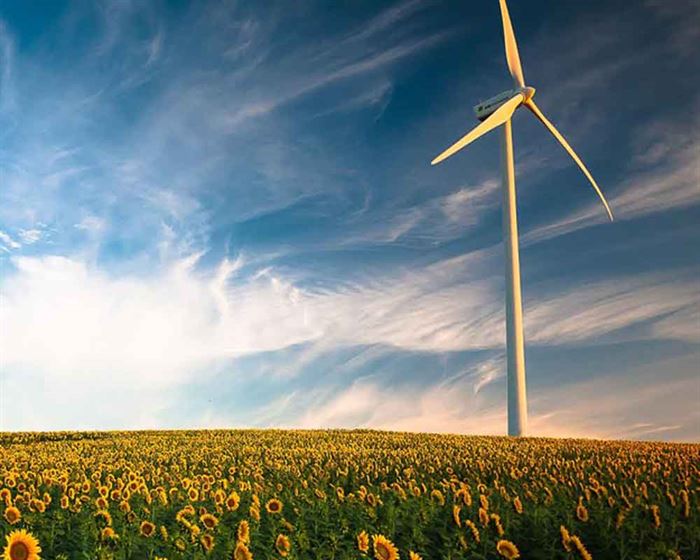Embracing sustainability: California versus Texas
28/06/2017
Tiempo de lectura: 3 minutos
Did you know that California consumes the most amount of water in the country? On average, Californians use 685 liters of water per day. Representing 11% of America’s total water withdrawal in 2010, California, which produces half of the nation’s fruits and vegetables, dedicates nearly 80% of water use to agriculture. However, this reliance on water provoked California’s devastating six-year drought (2011-17) that was prolonged by leading meat and dairy industries. Exploiting water sources, these industries grow alfalfa and forages, water-intensive crops, to raise cattle and satisfy meat and dairy demands. Despite accounting for 6% of the nation’s beef production, California has witnessed a rise in vegetarianism and veganism in Southern California that has reduced water and meat consumption. Not eating one ounce of beef saves up to 106 gallons of water! Not eating meat at all reduces one’s water footprint by nearly 60%! With vegan-friendly cities like Los Angeles and San Diego increasing the appeal of these plant-based diets, they are also encouraging organic restaurants and promoting sustainable living.
Dedicating its water to municipalities, agriculture, and industries, Texas shares California’s status as a large water consumer. As of 2010, Texas made up 7% of America’s total water withdrawal. While agricultural irrigation is the largest water user, municipalities account for nearly ¼ of Texas’ water supply. Since many cities are exposed to high temperature averages and low precipitation, residential water use is devoted to the outdoors and the maintenance of gardens and lawns. To promote water efficiency, numerous cities have installed conservation programs. For instance, through Dallas’ programs, water consumption has declined by 16% since 2002. As the top cattle producing state, Texas also orients much of its water use to the beef industry. With a mainly meat-based diet, most Texans perpetuate the industry’s water usage. However, Texas has overall received positive recognition for its laws and policies as they strive to enhance their water conservation efforts and foster a more sustainable lifestyle.
Tied with Massachusetts as the most energy efficient state, California leads the nation in sustainable development. Adopting strict efficiency standards, the state encourages energy reduction in all sectors. As a result, California has the second lowest residential energy use per person among states—perhaps a result of its ideal weather? Although it ranks high in total energy demand—due to its energy-intensive industries—California has led the nation in renewable energy by becoming the first state to generate more than 5% of its electricity from solar energy. Recently, a California grid broke energy record by obtaining 67% of its energy from renewables. Promoting this eco-friendly lifestyle, California has also experienced huge surges in electric car sales, especially for Tesla and Chevrolet models. With its residents as the top buyers of these high-energy efficient and low emission vehicles, California prevails as a model for sustainability.
Leading the nation in energy consumption, Texas could use some advice from California. In nearly every household, air conditioners are blasted to combat the Texas heat. Yet, this obsession with air conditioning could be a reason why the average electricity consumption per Texas home was 26% higher than the national average in 2009, contributing to the state’s current lead in residential energy consumption. Despite being the first state to impose an energy efficiency resource standard (EERS), Texas is ranked as the 27th most energy efficient state by the American Council for an Energy-Efficient Economy (ACEEE). With low saving targets, Texas achieves lower levels of electrical savings than the national average. Lacking in effective policies and programs and leading in energy production, Texas inhibits many residents from adapting to an energy efficient lifestyle. As a result, Texas drivers are permitted to speed up to 140 km/h on certain highways, exemplifying a culture of increased energy use that could potentially undermine its efforts at sustainable development.
Christina Tatum
International Relations student at the University of Southern California
Fotografía: unsplash.com
Sources:


